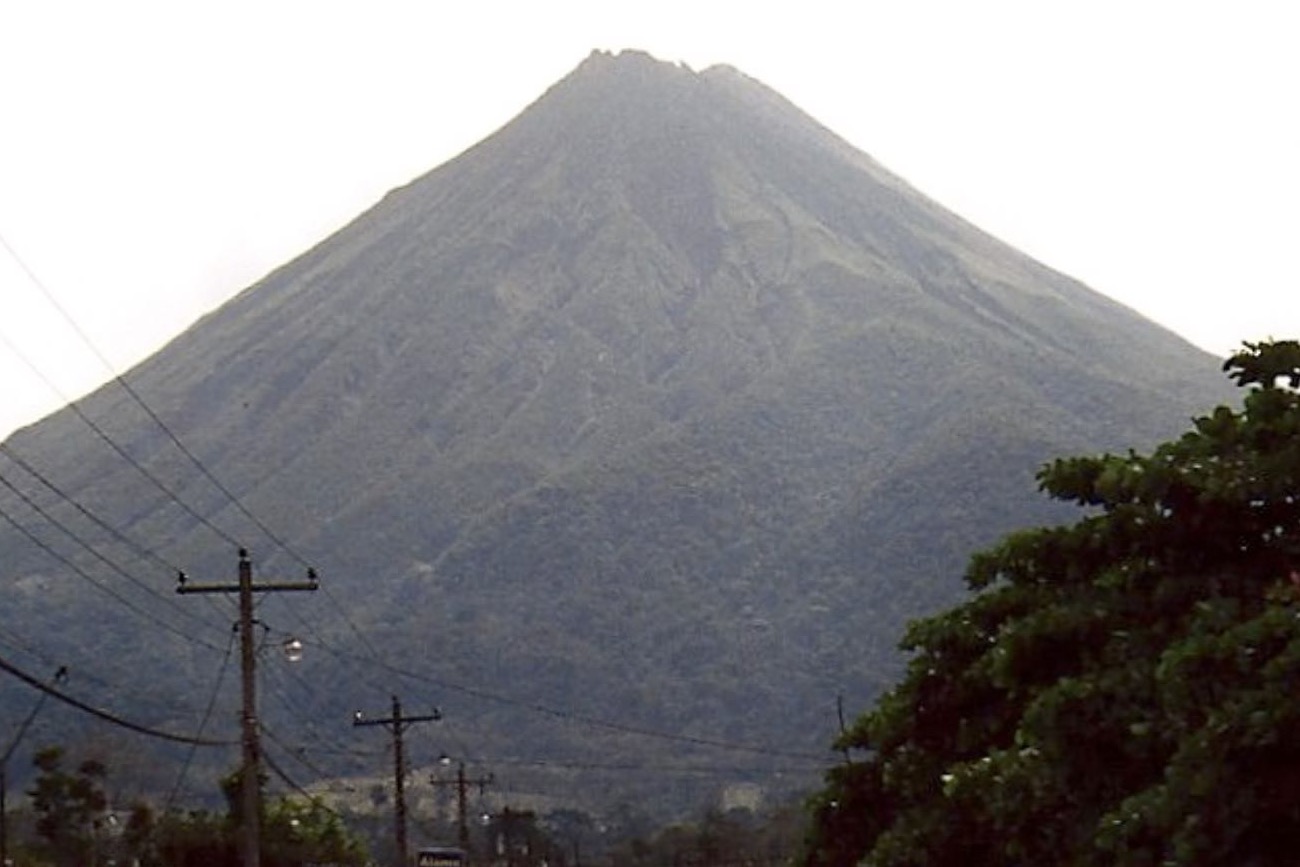Typical of Costa Rica, the Tortuguero rainforest reaches out to the horizon all around, a cloak of every shade of green draped over the Earth’s surface. Explosions of blazing yellow and red Orchid blooms peek above the canopy seeking the bright, life-giving sunshine. In the distance, white splashes of breaking waves pinprick the gently oscillating blue streak of the Caribbean Sea.
The Flight of The Condor
I’m huddled with a small group of weary hikers, perched on a ledge 10m below the towering summit of an extinct volcano that juts out above the jungle like an immense Inca temple. We’re patiently waiting in hope of a rare glimpse of the magnificent Condor, the largest land-living bird on earth. With childish excitement and trepidacious hope, we wait, binoculars scouring the sky for the slightest glimpse of our goal.
Cerro Tortuguero Volcano
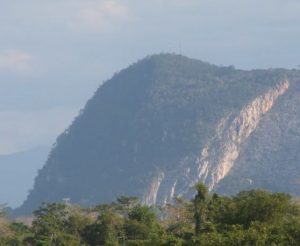
Credit: mappio.net
Cerro Tortuguero, is a 300m high, long extinct volcano. It looms over the wildlife-rich rainforests and canal systems of the Tortuguero National Park in the sparsely inhabited province of Limon. Many years ago, the Costa Rican government closed the volcano to unescorted visitors due to a surge in hiker numbers compromising the integrity of the surrounding forests, but also because of the perilous hike to its summit. We have been expertly escorted to our precarious ledge, 10 metres below the volcano’s collapsed crater, by an expert guide licenced by the CCC (Caribbean Conservation Corporation). We have nicknamed our guide “Elvis” due to his uncanny resemblance to the “King of Rock and Roll”. He’s an experienced climber and resolutely adheres to the long list of strict preservation rules and safety regulations set by the corporation. Elvis is also a gifted storyteller, and we climb to the soundtrack of an enchanting commentary on the diverse flora and fauna of Tortuguero park. His gripping tales, spun in his sing-song Hispanic accent, distract us from aching calves, the viscous heat, and the perilous scramble up the unstable trails of the dormant volcano.
The jungle below fills with an orchestral montage of cac-caws, metallic shrills and ear-piercing squawks. A strip of candy-floss cloud caresses the rocky volcanic hillside below our feet, temporarily obscuring the forest canopy.
An almost silent rush of air accompanies a ghoulish apparition, as a dark shadow passes overhead. The condor majestically appears out of the blazing sunlight, an enormous, ethereal silhouette. He swoops and spirals across the churning monsoon sky. His enormous 3-metre span of jet-black wings end in feathers that reach upwards like fingers, reaching out for the next warm thermal upon which to hitch a ride and effortlessly glide at great speed. The monumental raptor momentarily floats out of sight behind the volcano. Heads swivel, anxiously seeking the vampire-like beast, then he ambushes again, gliding past at ferocious speed, leaving a trail of disturbed air.
“He’s checking us out” our guide reliably informs us.
This seems a futile commentary as we are close enough to see directly into his coal-black yet brightly shining eyes. They peer back at us, unflinching as he circles around the volcano. Has the hunter become the hunted? With talons outstretched like 8 tiny daggers, he seems to prepare himself for a deathly dive towards the mountain side. Then he twists his wings and catches an alternate thermal and, as suddenly and as silently as he arrived, he is gone.
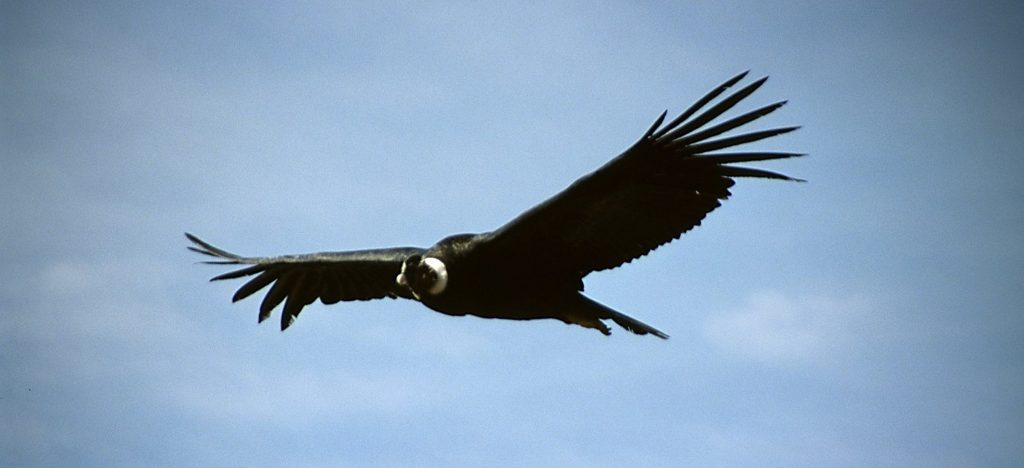
Tortuguero, Costa Rica
Tortuguero is one of Costa Rica’s most diverse protected national parks. It’s almost isolated from the rest of the country by the Caribbean Sea to its East, the Nicaraguan border to the North, and the impenetrable rainforest to the West. Indeed, Tortuguero is only reachable by river from the south, or by air, in a tiny plane landing on a grassy clearing in the jungle. However, it is perhaps therefore surprisingly, one of the most visited parks in the country. Almost entirely cloaked in dense rainforest, Tortuguero is home to thousands of bird species, reptiles and other animals. Its maze of canals and rivers are sheltered from the raging Caribbean Sea by a narrow spit of sand and the small, traditional village of Tortuguero. Tortuguero is Spanish for turtle, and its protected, world-renown beach provides the perfect spot to see nesting turtles (from a safe distance of course).
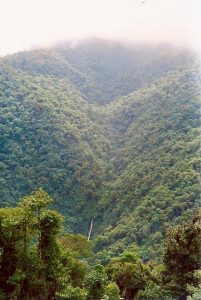 I stayed for three nights in the Pachira Lodge, a small, fully equipped eco-resort located on a narrow strip of jungle nestling in the final tight bend of the Laguna Pentencia river before it snakes towards at its final destination in the Atlantic Ocean. The Seat Turtle Conservatory Visitor’s Centre (https://www.conserveturtles.org) is a short canoe ride on the opposite bank and, on request, the lodge provides request ferries across. Beyond the Visitor’s Centre is the small hamlet of Tortuguero (worth a visit to see the handcrafted souveniers on offer, and to get an idea of how the locals live and work). Just beyond the village (which has a couple of great, authentic, low cost and very laidback restaurants), is the turtle beach and the raging waves of the Atlantic Ocean.
I stayed for three nights in the Pachira Lodge, a small, fully equipped eco-resort located on a narrow strip of jungle nestling in the final tight bend of the Laguna Pentencia river before it snakes towards at its final destination in the Atlantic Ocean. The Seat Turtle Conservatory Visitor’s Centre (https://www.conserveturtles.org) is a short canoe ride on the opposite bank and, on request, the lodge provides request ferries across. Beyond the Visitor’s Centre is the small hamlet of Tortuguero (worth a visit to see the handcrafted souveniers on offer, and to get an idea of how the locals live and work). Just beyond the village (which has a couple of great, authentic, low cost and very laidback restaurants), is the turtle beach and the raging waves of the Atlantic Ocean.
Costa Rica Rainforest Waterways & Wildlife
On day two, as I gathered my hiking gear on the verandah of my wooden cabin, the heavens opened. Huge streaks of rain drummed loudly on the tin rooves and bounced off the green lawns between the resort’s buildings. Thunder raged overhead, sometimes accompanied with forked lightening, illuminating the underside of the churning clouds. It was difficult to hear my fellow travellers speak, such was the amplitude of the raging storm. If I hadn’t realised before, I now knew for certain I was deep, deep in the rainforest.
The storm soon passed, and the cacophony of noise played out by the orchestra of the jungle struck up its rhythmic song and once more became the dominant backdrop. The sun’s warm rays broke through the clouds and sparkled on the wet canopy above and around me. Steam began to rise from the wet foliage on the jungle floor as I stepped over a line of busy leaf-cutter ants across the path in front of me. Each ant carried a leaf several times its size. A small group of fellow travellers and I were off on our next guided excursion arranged by the hotel, a dugout boat trip along the canals that surrounded the resort.
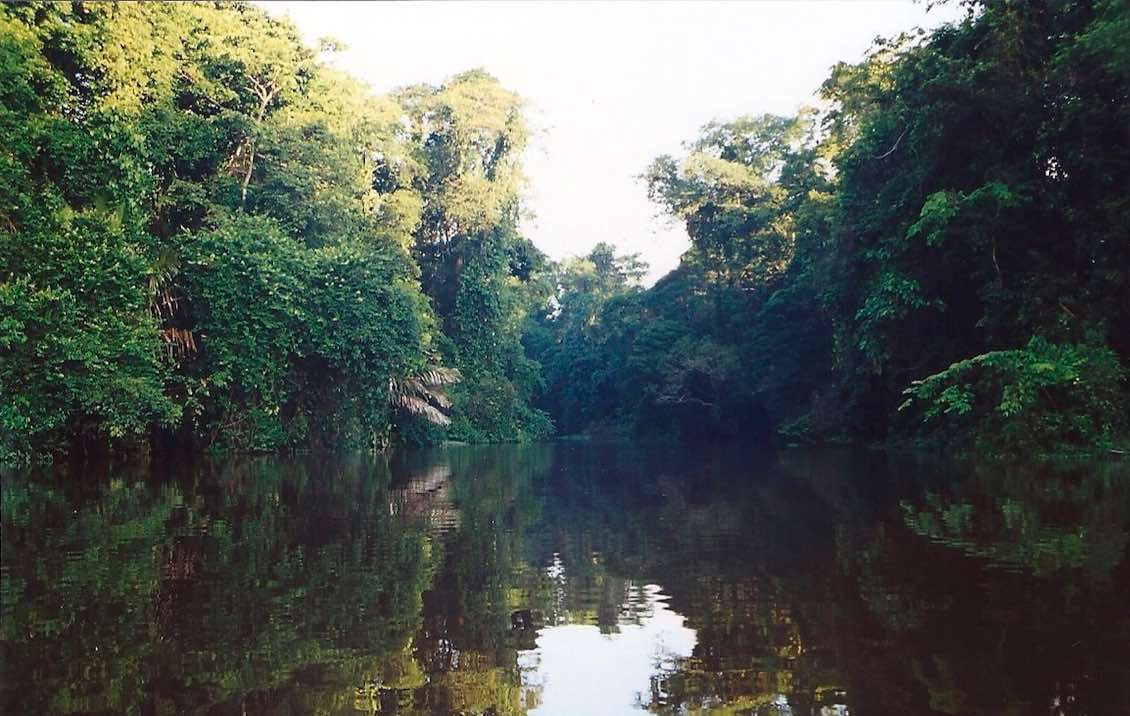
Cruising along the river, past the egrets and herons patiently scrutinising the water for any sign of their prey, I feel desperate to explore some more, for it is obvious that while nature clearly abounds here, I am only just touching the edges of discovery. As our guide (who was a dead-ringer for Elvis which soon became his much-liked nickname over the next few days) expertly pointed out hidden monkeys, cayman, crocodiles, toucans and other exotically coloured birds, we sat back in our wooden dugout boats, our heads spinning this way and that as we tried to soak in all that the rainforest had to offer.
If you’re a fan of Apocalypse Now, or any other classic Vietnam War movies, this trip will give you a real sense of the calmness of almost silently, cruising through the deep jungles, only you’ll be keeping an keen eye out for the abundant wildlife rather than enemy soldiers wielding machine guns!
Getting To Costa Rica & Tortuguero
American Airlines fly to Costa Rica from London via the major US airports, with Miami, Huston or Atlanta needing the shortest second leg. Economy flights cost around £400. You can also fly Iberia via Madrid. British Airways used to offer direct flights but these seem to have disappeared from their schedule during the pandemic and are yet to return.
Getting to Tortuguero from San Jose
If staying at Pachira Lodge (or any of the other handful of lodges in the park), the resort can arrange transfers for you and this is probably the best option.
If driving or taking the bus, There are two places you can catch a boat to Tortuguero in the village of La Pavona, if you’re arriving from San Jose or the West) or Moin if you’re coming from the South. It’s wise to book a transfer in advance as the timetables aren’t always adhered to and foul weather can cause impromptu cancellations.
Where to Stay
 Pachira Lodge is located on the main lagoon almost opposite and just a short boat ride from the village of Tortuguero and the turtle beaches, and less than 5 minutes to reach dense rainforest. Tours can be arranged with the resort, or through one of the tour offices in the village. Rates start from US$252 per person for two nights, including transfers from San Jose if required and a full tour itinerary.
Pachira Lodge is located on the main lagoon almost opposite and just a short boat ride from the village of Tortuguero and the turtle beaches, and less than 5 minutes to reach dense rainforest. Tours can be arranged with the resort, or through one of the tour offices in the village. Rates start from US$252 per person for two nights, including transfers from San Jose if required and a full tour itinerary.
Further Information
Tortuguero National Park website (in Spanish).
Costa Rican Tourist Board Page on Tortuguero (in English).
Also, please see my other posts about my trip around Costa Rica:
Volcano Arenal& Cabo Negro
Costa Rica Part 1 – The Volcanoes & Crocs of Arenal
Tamarindo Beach resort
Costa Rica Part 2 – Dazzling Sunsets, Surfers & Howler Monkeys
Monteverde Cloud Forests
Costa Rica Part 4 – Coming soon, please watch this space.
Buenavista Hot Springs and Horse Riding
Costa Rica Part 5 – Coming soon, please watch this space.



